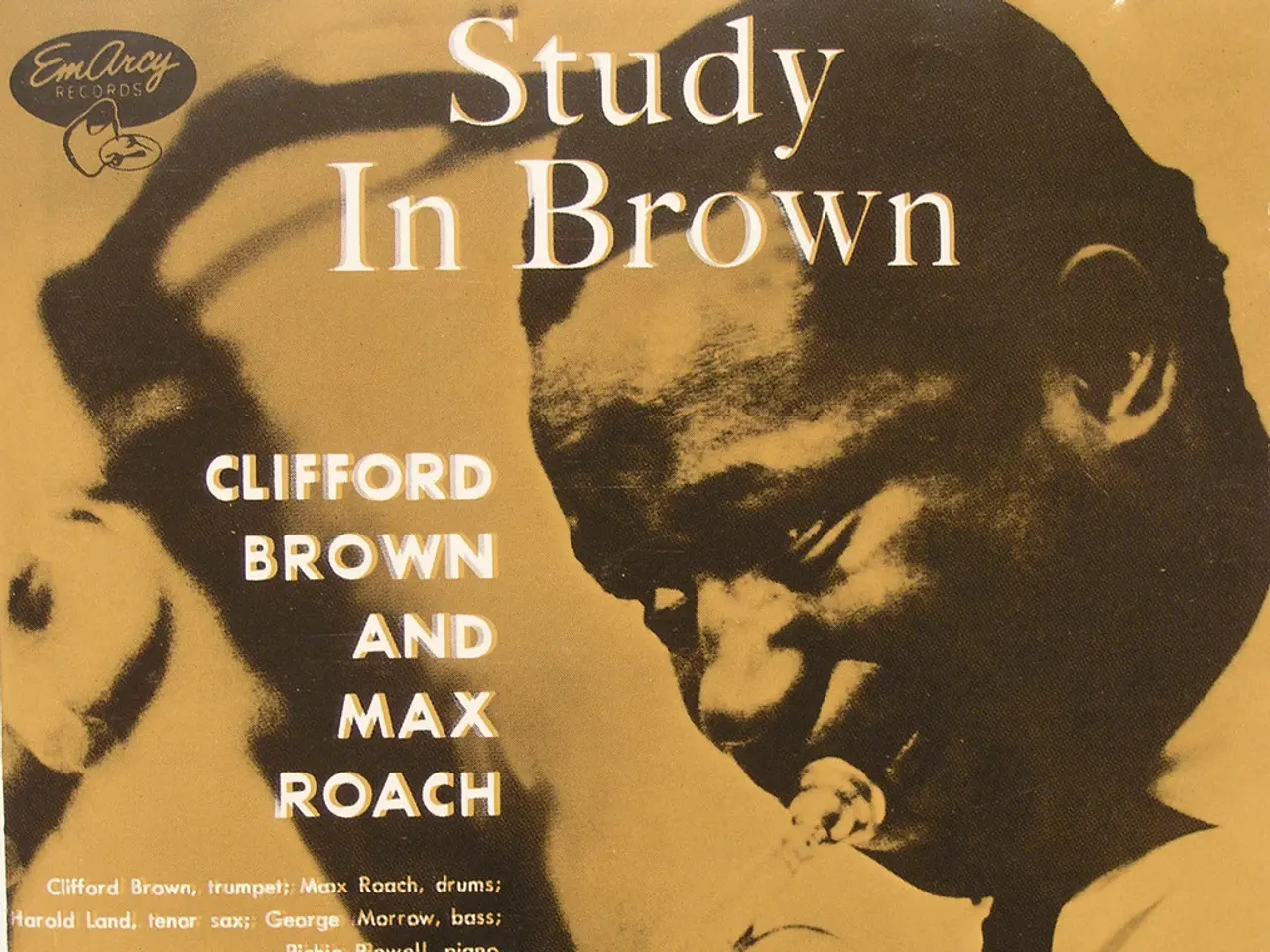Understanding Counterpoint: Its Essence Explained
In the realm of Western music, a fundamental compositional technique known as counterpoint has played a significant role since the Middle Ages. This technique, which emerged in the late Middle English and Old French from contrapunctum, meaning "(song) pricked or marked against (the original melody),” captures the essence of combining multiple melodic lines while preserving their independence.
The conceptual foundation of counterpoint can be traced back to the Latin term "punctum contra punctum", which literally means "point against point" or "note against note". Historically, it refers to the relationship between individual musical notes in different melodic lines. This terminology, with its focus on the interaction of notes, encapsulates the core idea in counterpoint: the systematic combination of multiple distinct melodic lines played simultaneously yet retaining their independence.
The roots of "punctum contra punctum" can be traced to the early use of neumes, the medieval notation signs used to indicate pitch and melodic contour in Gregorian chant and other plainchant. Although neumes do not specifically denote counterpoint, they represent one of the earliest ways to visually mark musical "points" or notes, making them a precursor to more complex polyphonic systems where punctum contra punctum would apply.
The basic unit of neumatic notation is also called a punctum, a single note shape in neumes, demonstrating an initial conceptual link: individual notes as "points".
Counterpoint evolved as a compositional technique where independent melodic lines ("points") are combined in a harmonious way, preserving their individual identity rather than simply harmonizing or following a single melodic line. Polyphony, the broader musical texture involving multiple independent melodic lines, was mainly developed after the early plainsong notated by neumes, gaining prominence in the medieval and Renaissance periods. Counterpoint theory systematized the rules governing how these independent lines interact.
The Counterpoint Series offers an easy way to learn counterpoint and its various techniques, including studying the first, second, third, fourth, and fifth species, as well as Invertible Counterpoint. Voice leading, a main topic in the study of counterpoint, focuses on the elements that make the construction of melodic lines coherent and logical.
Examples of counterpoint can be found in various pieces of music throughout history, such as The Three-part invention No 2 in C minor BWV 788, which uses counterpoint techniques in its purest form, and the Haydn Sonata in C minor, Hob. 20, which can be considered polyphonic as all the voices form a fabric with distinctive melodic lines.
The term "Counterpoint" refers to the compositional technique involved in the handling of melodic lines in a musical discourse, while "punctum contra punctum" originated from Latin and means "point against point". Understanding these terms provides valuable insights into the rich history and development of Western music.
[1] Encyclopedia Britannica. (n.d.). Counterpoint. Retrieved June 10, 2023, from https://www.britannica.com/topic/counterpoint [2] Knud Jeppesen. (n.d.). Counterpoint. Retrieved June 10, 2023, from https://www.knudjeppesen.com/counterpoint [3] The Metropolitan Museum of Art. (n.d.). Neumes. Retrieved June 10, 2023, from https://www.metmuseum.org/toah/hd/neum/hd_neum.htm
The Counterpoint Series is a valuable resource for learning various techniques of counterpoint, including voice leading and the study of species counterpoint. [1]
Understanding counterpoint and its historical roots, such as the Latin term "punctum contra punctum," enriches our appreciation for the systematic combination of multiple melodic lines in music. [2]
The technique of counterpoint, as seen in works like The Three-part invention No 2 in C minor BWV 788 and Haydn's Sonata in C minor, Hob. 20, demonstrates the evolution of music theory and technology throughout the history of Western entertainment. [3]




